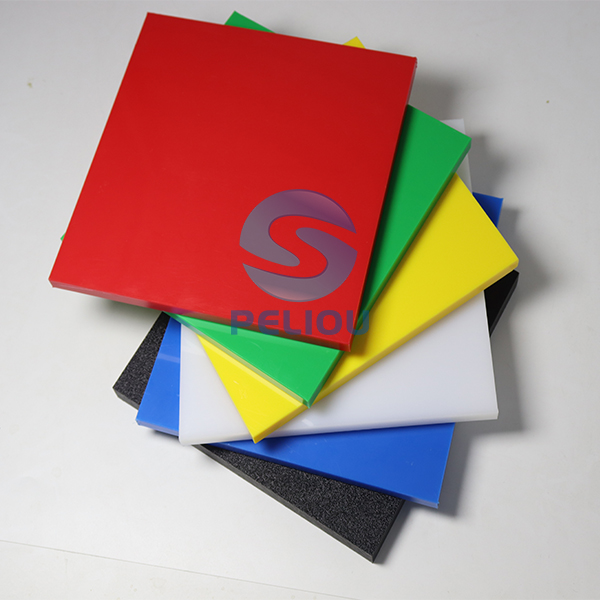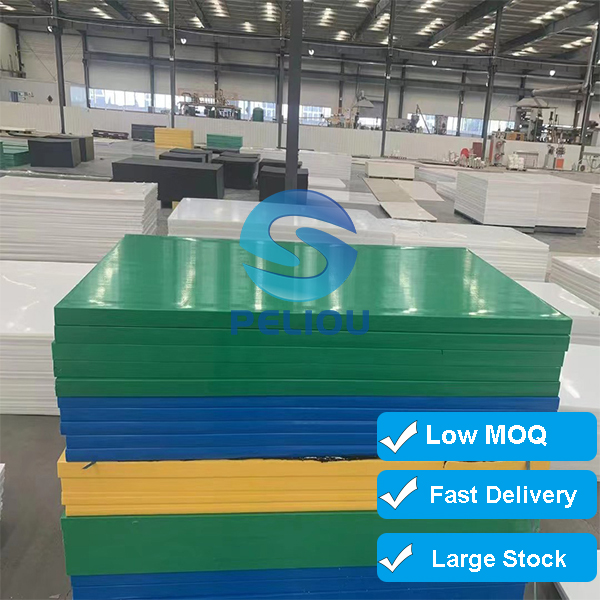Choosing the right polyethylene (PE) sheet depends on your specific application requirements, including mechanical, thermal, and chemical properties. Polyethylene sheets come in various types, such as High-Density Polyethylene (HDPE), Low-Density Polyethylene (LDPE), and Ultra-High Molecular Weight Polyethylene (UHMWPE), each with its unique properties and applications. Here’s a guide to help you select the most suitable polyethylene sheet:
1. Understand the Types of Polyethylene:
- LDPE: Known for its flexibility and low temperature resistance. It's often used in applications requiring high ductility and low tensile strength.
- HDPE: Offers a good balance of strength, rigidity, and toughness. It's suitable for applications requiring higher tensile strength than LDPE.
- UHMWPE: Stands out for its extremely high impact strength, abrasion resistance, and low coefficient of friction. It's ideal for high wear applications.
2. Consider the Application Requirements:
- Mechanical Properties: Consider tensile strength, impact resistance, and flexibility. UHMWPE is preferred for high wear or impact applications, HDPE for strong, rigid parts, and LDPE for items requiring flexibility.
- Chemical Resistance: Polyethylene is generally resistant to a wide range of chemicals. However, specific resistance levels can vary, so check compatibility with the chemicals it will be exposed to.
- Thermal Properties: Evaluate the operating temperature range. Polyethylenes have different melting points and thermal resistances.
- Electrical Properties: If electrical insulation is a concern, consider the dielectric properties of the PE type you choose.
3. Size and Thickness Needs:
- Determine the required thickness for your application. Thicker sheets can offer more strength and rigidity but may be more challenging to handle and process.
4. Regulatory and Compliance Requirements:
- For applications in food processing or medical devices, ensure the PE sheet meets relevant regulatory standards for safety and hygiene.
5. Cost Considerations:
- Price can vary significantly between types of polyethylene and their grades. Consider the balance between performance requirements and budget constraints.
6. Environmental Factors:
- If UV resistance or weatherability is important, look for UV-stabilized grades or consider additional surface treatments.
7. Supplier Reputation:
- Choose a reputable supplier with good quality control, product knowledge, and customer service to ensure you get the best material for your needs.
Before making a final decision, it may be beneficial to test samples of the polyethylene sheet in your specific application to ensure it meets all requirements.
Previous: Does ultra-high molecular weight polyethylene sheet absorb water? Next: Why can ultra-high molecular weight polyethylene improve its impact resistance?


